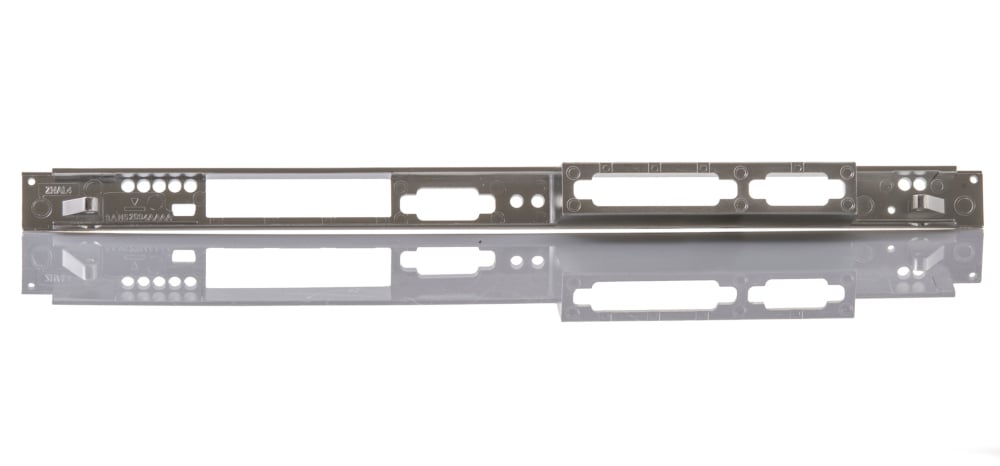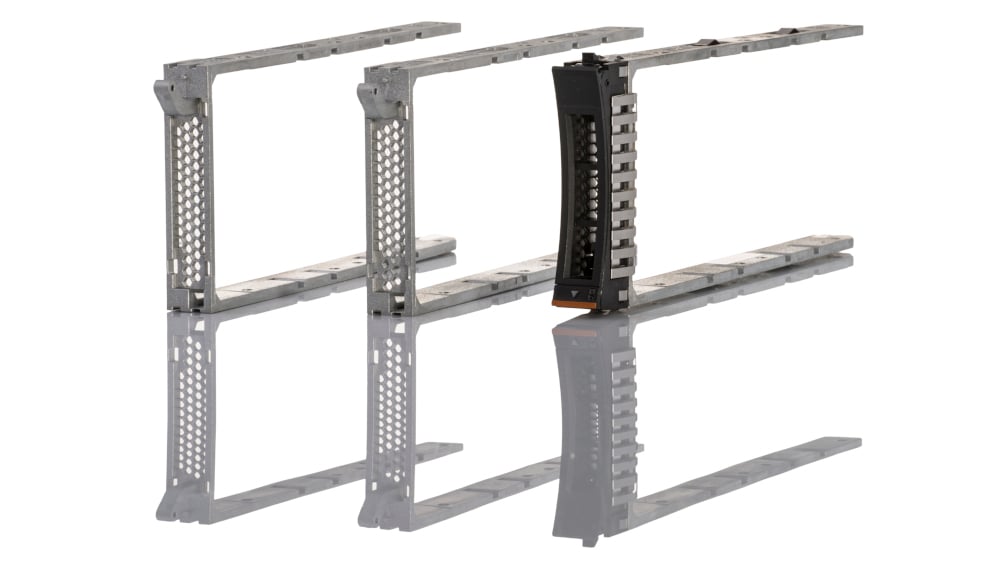As winner of numerous international awards, Bruschi Spa is known for its innovative approach in design and technology. We are glad to share our insights and experiences with the industry members.
Thin wall thickness: a competitive advantage in zinc die casting
Zinc alloys are a material that, if employed in die casting, allows the achievement of products with thin wall thickness. This property of zinc alloys results in an important added value because it permits the production of components with reduced weight and dimensions, thus benefiting from cost and raw material saving.
Minimum wall thickness
The characteristic of zinc alloys that allows the achievement of a particularly thin wall thickness is the capability of filling small cavities. Thanks to this feature zinc alloys can reach an average minimum thickness of 0,4 mm: an extremely low value, especially if compared to the average aluminum rate, as shown in the table below:
|
Property |
Unit |
ZP3 |
ZP5 |
ZP2 |
ZP8 |
LM24 |
A380 |
|
Min Wall Thickness |
mm |
0,4 |
0,4 |
0,4 |
0,4 |
1,3 |
1,3 |
Thin wall thickness obtained with die casting process is determined by different factors, such as the shape of the component and the extension of its surface. Another factor that influences the thickness of the wall is the distance between the thin walls and injection point: lower the distance, thinner the wall.
Thanks to its filling capability and the possibility of obtaining a high rate of precision, zinc alloys allow the production of components that do not need further mechanical operations. Indeed, right after die casting process they already have precise finishing and thin wall thickness.
The advantages of thin wall thickness
So, why is the capability of obtaining thin wall thickness an added value when producing a die cast?
Below a list of the main advantages that result from thin walls both in terms of features of the product and cost and energetic savings:
1. Weight reduction of the component
2. Size reduction of the component
3. Possibility to obtain components with a high degree of detail
4. Resistance
5. Energy saving
6. Cost saving
1. Weight reduction of the component
Achieving a weight reduction of the component while maintaining its functionality is one of the main advantages of thin wall thickness in zinc die casting. As a matter of fact in specific sectors, for example in the automotive industry, to have the chance of reducing the weight of a component and at the same time to preserve its functionality represents an important benefit in terms of efficiency. This is particularly true for some specific components, such as car handles and sunroofs.
Thanks to the design freedom offered by zinc alloys the die casting supplier can analyze, starting from the original drawing, the shape of the product and collaborate with the customer for the identification of the areas of the product that can undergo a thickness reduction without compromising the functionality of the component but, on the contrary, enhancing it.
The cooperation between customer and supplier, a service defined co-design, can therefore lead to the development of innovative solutions able to increase product performance while, at the same time, generate a cost reduction provided by an inferior amount of raw material that has been used.
The percentage of weight reduction of the component is clearly variable, because it depends on the characteristics of every single product. Starting from the original project until reaching the new project redefined together with the customer, in some cases it is possible to achieve a weight reduction up to 50%. It is a percentage of considerable importance that is unlike to be reached with other materials.
For further information about weight reduction in die casting, read this post: Weight reduction: lightweight as a benefit of co-design
2. Size reduction of the component
Weight reduction is not the only important factor for the functionality of a product, indeed also dimension is very relevant, especially for those devices whose technological development require increasingly reduced dimensions.
Through the process of co-design the die casting supplier, together with the customer, studies solutions aimed at achieving this optimization by identifying the areas of the shape of the product that can undergo a wall thickness reduction.
In particular, products with a housing function, such as electronic connectors, need thin wall thickness in order to be more functional. Indeed these products contain in their inside other components and, in order to avoid space and obstacles issues, it is necessary that their walls are as thin as possible. Moreover, for this kind of products, zinc alloys are a winning choice because beyond the capability of reaching thin wall thickness they also maintain unaltered the electromagnetic shielding properties, which are extremely important for electronic industry.
Still as regards products with a housing function, for example cases for windows and doors handles, which do not have a primary mechanical function, zinc alloy are ideal because it allows the achievement of thin walls also with complex and unusual shapes. Usually this type of products is produced with metal sheet, a highly elastic material that, if treated with the deep drawing process, can reach an extremely thin thickness. However deep drawn metal sheet, unlike zinc alloys, does not offer design freedom because it does not allow the achievement of the complex geometries that can be obtained through die casting process.
If you want to have a look at a housing product with thin walls that, thanks to co-design, has achieved a size reduction and thinner walls, with a great saving for the customer, you can watch this video
3. Possibility to obtain components with a high degree of detail
As already said, with zinc die casting it is possible to obtain extremely precise products with complex shapes. Those shapes are often characterized by a great number of very small details, especially with products such as connectors and heat sinks that present a complex rib design.
Thanks to the reduction of wall thickness obtained with the die casting process those tiny details can be realized with extreme precision, thus assuring dimensional accuracy and efficiency of the product. Furthermore, the achievement of thin wall thickness in this kind of products adds value because it confers elasticity and therefore facilitates assembling and blocking systems.
Tests performed on thin wall zinc alloys samples have indeed highlighted results that are comparable with those of plastic materials: in particular, the elastic modulus of zinc alloys samples proved to be superior to that of nylon 6.

4. Resistance
Thin wall thickness does not mean inferior resistance. On the opposite, thinner walls have a crystalline structure that is more subtle than the one of components with thicker walls. This structure has superior mechanical properties, so the product is characterized by a high degree of resistance.
During the die casting process, the rapid superficial cooling generates what is generally defined “skin”, a superficial layer of 0.2-0.3 mm with a thin structure. The results of fatigue tests performed on zinc alloys diecastings with thin walls showed the advantage resulting from the presence of the “skin”. Indeed, in a diecasting with thin wall thickness the crystalline microstructure is greater in percentage terms and this gives greater resistance to the component.
Furthermore, other tests on thin wall thickness diecastings, pointed out fatigue strength values remarkably superior to those of zinc alloys treated with other technologies.
6. Energy saving
The achievement of thin wall thickness and the production of components with this feature allow the reduction of the quantity of energy used during the production process. Thin wall thickness indeed entail a reduction of the amount of raw material to be used and this, in the first place, translates into an inferior quantity of raw material to be re-casted.
In addition, components with thin walls have reduced cooling times and this generates not only an energy saving related to the functioning of the die casting machines, but also an increased energy efficiency of the whole process and a consequent reduction of production times.
7. Cost saving
The use of a lesser amount of raw material, the increased energy efficiency, the speeding-up of the productive process and the reduction of weight and dimensions, with the resulting transport costs saving, are all factors that lead to a considerable reduction of production costs. The cost saving resulting from the production of components with thin walls thus translates into an important benefit not only for the supplier, but also for the customer.
Zinc die casting is therefore a competitive technology from an economic point of view, it indeed allows the achievement of thin wall thickness and it is the ideal choice for the production of light and resistant components, characterized by complex and detailed shapes.
For an overview on components produced in Bruschi, including products with thin wall thickness, click here
To always be up-to-date with die casting industry, subscribe to our blog.


